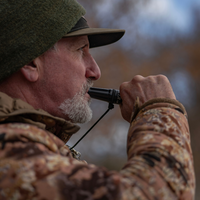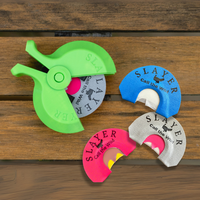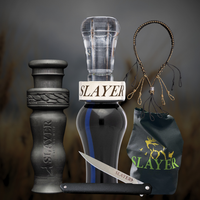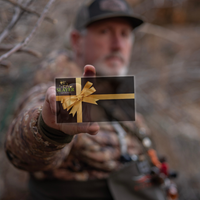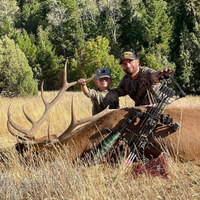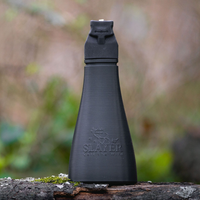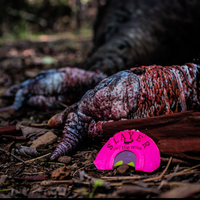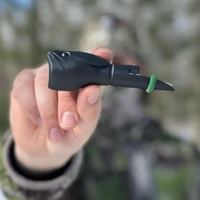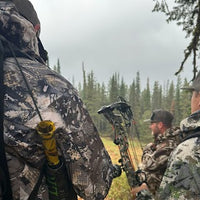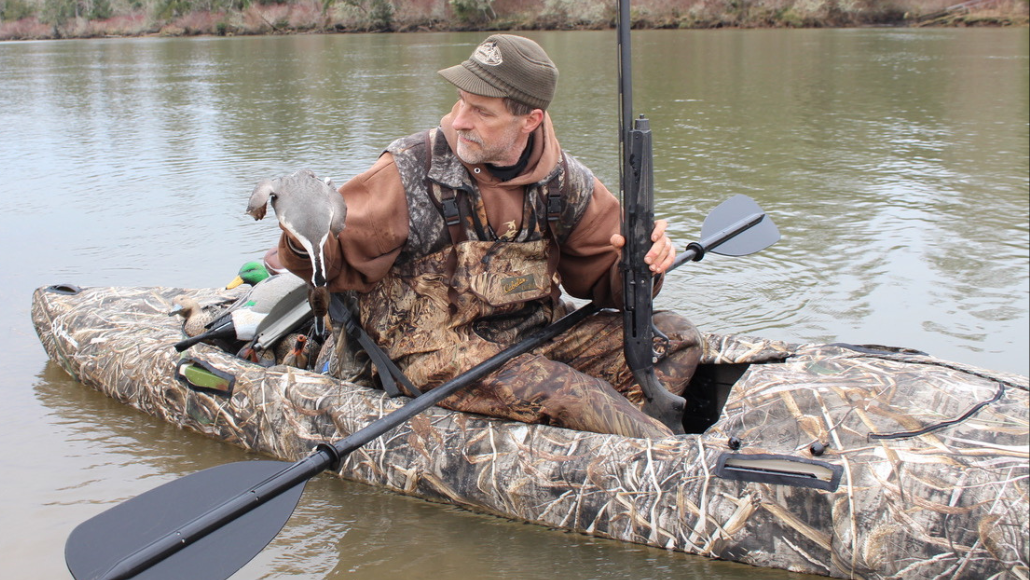Written by M.D. Johnson
There’s nothing tougher in the world than jerky left too long in the smoker—except maybe killing mallards during the final week of the season.
For the jerky, a strong jaw and solid molars might help. For the greenheads? These are the Holdouts, aka late season mallards: flyway veterans that linger in the North Country as long as there’s open water and food.
They’ve seen it all—decoy spreads, blinds, and calls from rookies and experts alike. Having dodged steel for multiple seasons, these birds are masters of survival. Tough? Definitely. Impossible? Not with these expert strategies in your arsenal.
Play the Ratios: Set 4:1 Hen-to-Drake Decoys
It might sound like an old hunter’s tale, but why risk it? Late season means breeding season, and mallards—like humans—aren’t immune to the pull of favorable odds. A four-hen-to-one-drake setup mimics nature during this time of year and taps into their natural instincts. You’ve already got the decoys; now arrange them to tempt those weary greenheads.

Hunt the Floodwaters
When rivers rise, so do your chances of success. Flooded timber or submerged agricultural fields create new sanctuaries and feeding grounds for ducks. Scouting is key—ducks will shift as water levels change. What’s hot today could be cold tomorrow. Stay ahead of their movements, and you’ll find yourself where the action is.
Command, Don’t Plead
Tony Vandemore of Habitat Flats offers a counterintuitive strategy for late-season calling: ditch the soft, pleading calls. “Command the birds to do what you want,” Vandemore advises. “I call louder, longer, and faster—more aggressively than they’re used to. It’s not a ‘Come See Me’ routine; it’s a ‘Get Over Here Now’ approach.” Sometimes breaking the norm is exactly what seals the deal.
Use Goose Decoys
Late-season mallards have a soft spot for Canada geese. Vandemore recommends ditching most of your duck decoys in favor of a nearly all-goose spread. “LOTS (his caps) of late-season mallards die over goose decoys,” he says. Whether you’re using floaters, full-bodies, or a mix, this strategy capitalizes on their affinity for the big birds.
Master the Resting Spread on Moving Water
Iowa’s Travis Mueller suggests focusing on rivers and presenting a realistic resting spread. “Late-season birds conserve energy,” he explains. “Use sleeper and rester decoys—bellies down on the ice, heads tucked—to create a safe, natural look.” When mallards aren’t feeding, they’re resting, and a convincing setup can draw them in.

Embrace Bluebird Days
Conventional wisdom says you need frigid temperatures to bag late-season ducks, but sunny, 35-plus-degree days can be just as productive. Mallards use the reprieve to feed on greens or invertebrates, and fewer hunters in the field means less competition. Blue skies and sunshine might just be your secret weapon.
Switch It Up: Use Other Species
Late season mallards are cautious by now, but they’re not the only birds in the air. Black ducks, pintails, gadwalls, and divers can all make your spread stand out. Throw in a few coots or even a shoveler to mix things up. A different look might be just what those wary greenheads need to drop in.
Downsize and Sleep In
Fewer decoys can be more effective late in the season. Try a minimalist spread—six decoys or fewer—and adjust your schedule. Cold mornings often mean fewer birds moving. Scouting during traditional hunting hours and planning an afternoon hunt can yield better results.
Disappear Completely
The best location and most convincing spread won’t matter if the ducks see you. Go beyond the basics of concealment—cover your face, hands, dog, and gear. Blend into the environment until you’re invisible. When you finally find those unwary birds, don’t give them a reason to spook.
Take the Shot When It’s Right
Sure, cupped and committed at 20 yards is ideal, but late season mallards rarely play along. Be ready to capitalize on crossing shots and slightly longer opportunities. Sky-busting is a no-go, but waiting for perfection could mean going home empty-handed. With these strategies in your bag, even the most seasoned holdouts don’t stand a chance. Adapt, innovate, and finish your season strong.
